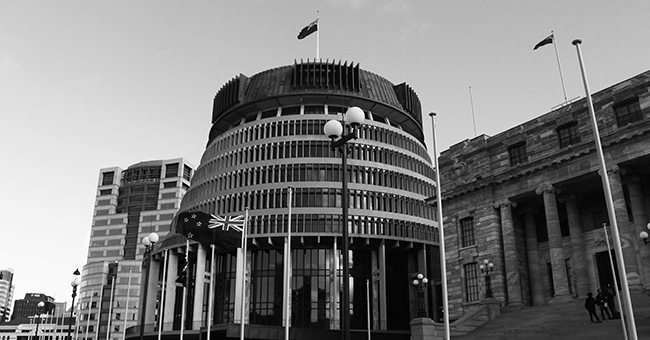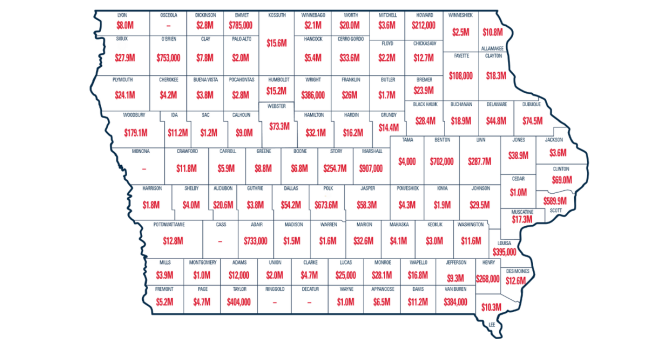Australia’s leading cancer charity has joined forces with the global body for workplace health and safety professionals to raise awareness of the risks of silica dust and prevent people’s lives being threatened by exposure to it.
The partnership between Cancer Council Australia and the Institution of Occupational Safety and Health (IOSH) has led to the development of new resources available online which outline how to manage exposure to silica, which can cause lung cancer, as well as other diseases such as silicosis.
Occupational cancer is preventable, yet an estimated 230 Australians still develop lung cancer every year because of past exposure to silica dust at work. The new materials are designed to ensure that employers and employees are provided with information on where it is located and how the risks can be managed.
Silica is one of the cancer-causing carcinogens that IOSH is focusing on through its No Time to Lose occupational cancer campaign.
The dust is created when ‘crystalline silica’ in materials like stone, mortar or tiles is broken down and released. It happens when people saw, drill, cut, grind or sand the products.
The resources being distributed provide tips on how to prevent exposure. These include using less hazardous materials, using water-based methods, having good ventilation to remove silica that becomes airborne and having people use respirators to filter silica from air that is breathed in.
Professor Tim Driscoll, Chair, Cancer Council Australia’s Occupational and Environmental Cancer Committee said Australian workers may have heard that there are risks associated with silica but may not be aware of the steps they should take to reduce their risk.
“Each year in Australia about 600,000 people are exposed to silica dust in the workplace, from materials such as artificial and natural stone, bricks and concrete.
“We regularly see workers cutting granite kitchen benches, tiles or bricks or demolishing materials without proper protection in place – which is a real concern. These new resources for workplaces explain the risk simply and provide a call to action for employers and workers to make sure proper control measures are used.”
Alan Stevens, Head of Global Engagement and Partnerships at IOSH, said:
“Our partnerships with organisations like Cancer Council Australia have helped widen the reach of our No Time to Lose campaign.
“They are distributing our campaign resources across their networks in Australia, ensuring that we are able to reach more workers and employers than ever before.
“Quite simply, these free and easy-to-use resources can save lives, so the more people who receive them the better.”
This partnership is the latest step in Australia to tackling silica and other hazardous materials found in workplaces. The roll-out of these resource during Safe Work Month will show employers and workers practical ways to protect themselves and others.
IOSH has previously joined forces with Cancer Council to develop free guidance for businesses on preventing exposure to diesel engine exhaust emissions.
In August, IOSH also partnered with the National Safety Council of Australia (NSCA) Foundation to co-brand and update the No Time to Lose campaign resources with new Australian data on occupational cancer caused by harmful exposures such asbestos and solar radiation.
Meanwhile, the NSW government announced last week that NSW will move to halve the allowable amount of silica in air from 0.1mg/m3 to 0.05mg/m3 Cancer Council said the latest announcement is an important step forward for NSW workers, but more needed to be done.
Previously Australian government body Safe Work Australia released a guide for working with silica-containing materials and Queensland launched the country’s first code of practice for the stone benchtop industry.
The new free resources can be found here and you can find out more about IOSH’s No Time to Lose campaign here.








